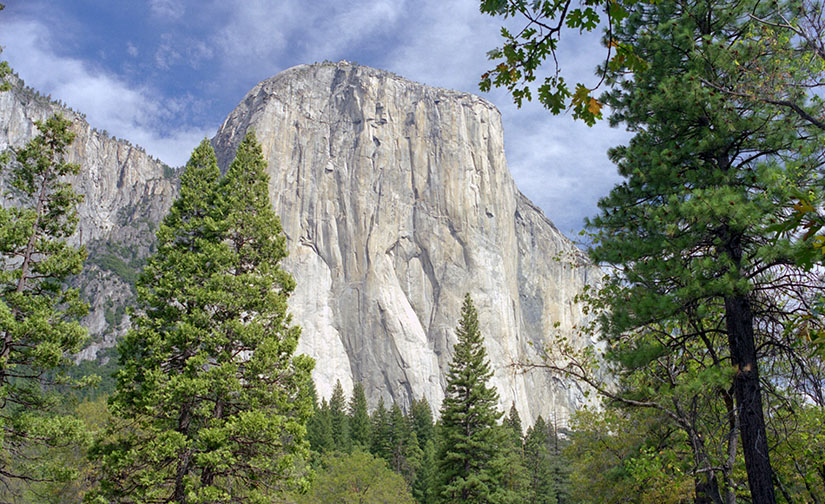NREL Work Helps Visitors to National Parks Get Home Again

Motorists who drive electric vehicles will get a charge out of this news. The National Renewable Energy Laboratory (NREL) has been consulting with the National Park Service on where to install charging stations at select sites in California.
The last of the new charging stations is expected to begin operating by the end of this year.
Ricardo Castillo, a research engineer within NREL’s Energy Systems Integration directorate, has supported the project for the past two years. He visited national parks to determine, among other factors, whether the existing electrical infrastructure could support the addition of charging stations.
“The places that they have selected as having a good potential, I have looked into what kind of electricity demand is already at that location, if there is already electricity nearby, generation transformer sizes, what kind of upgrade some of these sites need to do,” Castillo said. “For the most part, a lot of the sites are not doing any kind of electrical upgrades.”
The addition of charging stations comes courtesy of a partnership between the National Park Service and BMW of North America, which has been working to install more than 120 such stations at parks across the country. NREL’s work on the project is funded by the California Energy Commission, which is also providing financial backing for some of the new charging stations.
California is home to 28 national parks, which annually attract about 39 million visitors. How many of those arrive via an electric vehicle is not known, but Castillo said anecdotal evidence suggests a need exists for these charging stations. He has heard stories about motorists having to ask park concessionaires to plug in for a charge so they can return home.
“As more of the public are transitioning to electric vehicles, the Park Service is going to be having to grapple with how they provide this charging infrastructure,” said Alicen Kandt, a senior engineer at NREL and the laboratory’s liaison with the National Park Service. “The California case study can be a good example for other states and other parks.”
Considered a trendsetter in many areas, California already has announced that beginning in 2035 new vehicles with gas-combustion engines will not be sold in the state. That should further spark interest in electric vehicles and require additional investment in charging stations.
Each of the 20 new charging stations being added to the four national parks in California are Level 2, which means it takes an average of about four hours to completely charge a vehicle (at 240 volts). Castillo predicts the national parks will see a demand for faster charging stations, which will require further review of infrastructure.
Among the sites where Castillo provided the analysis, new charging stations are being installed at Lassen Volcanic National Park, Pinnacles National Park, Yosemite National Park, and Point Reyes National Seashore. Lassen and Pinnacles will have two each, while Point Reyes will have four, and Yosemite will have 12.
Learn more about NREL's research in transportation and mobility and integrated energy solutions.
Last Updated May 28, 2025
